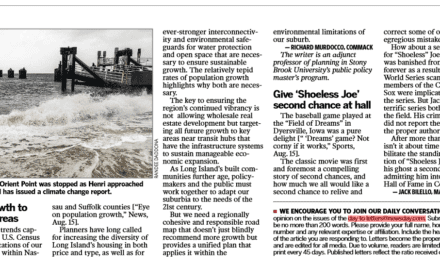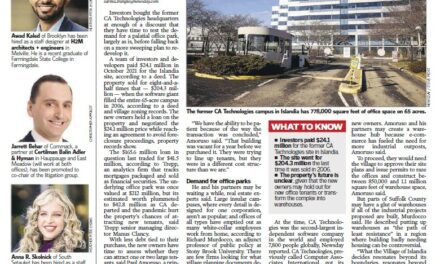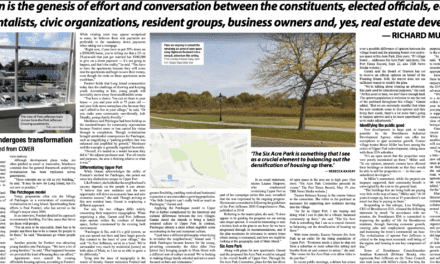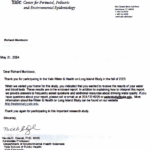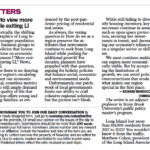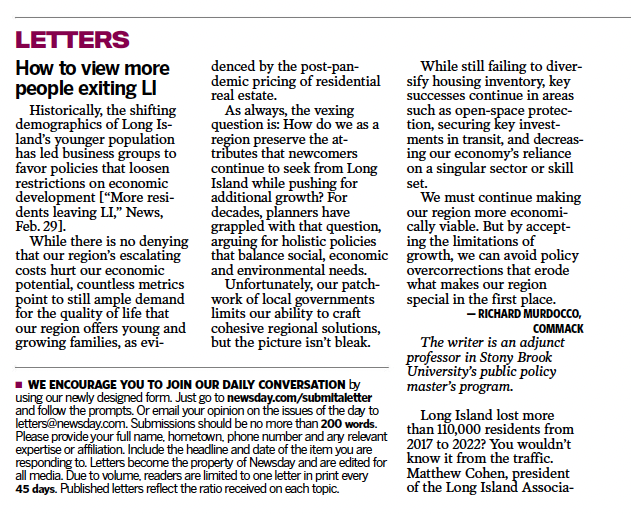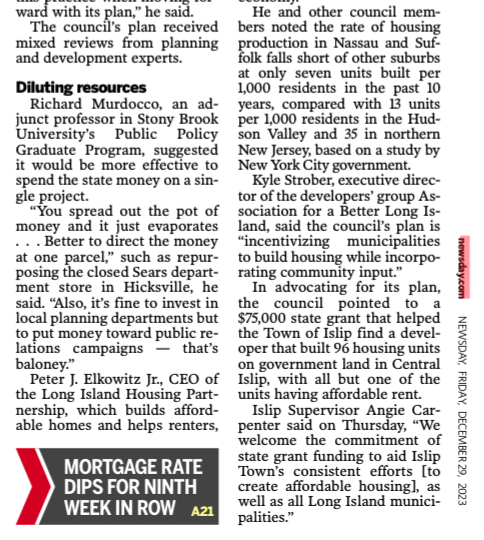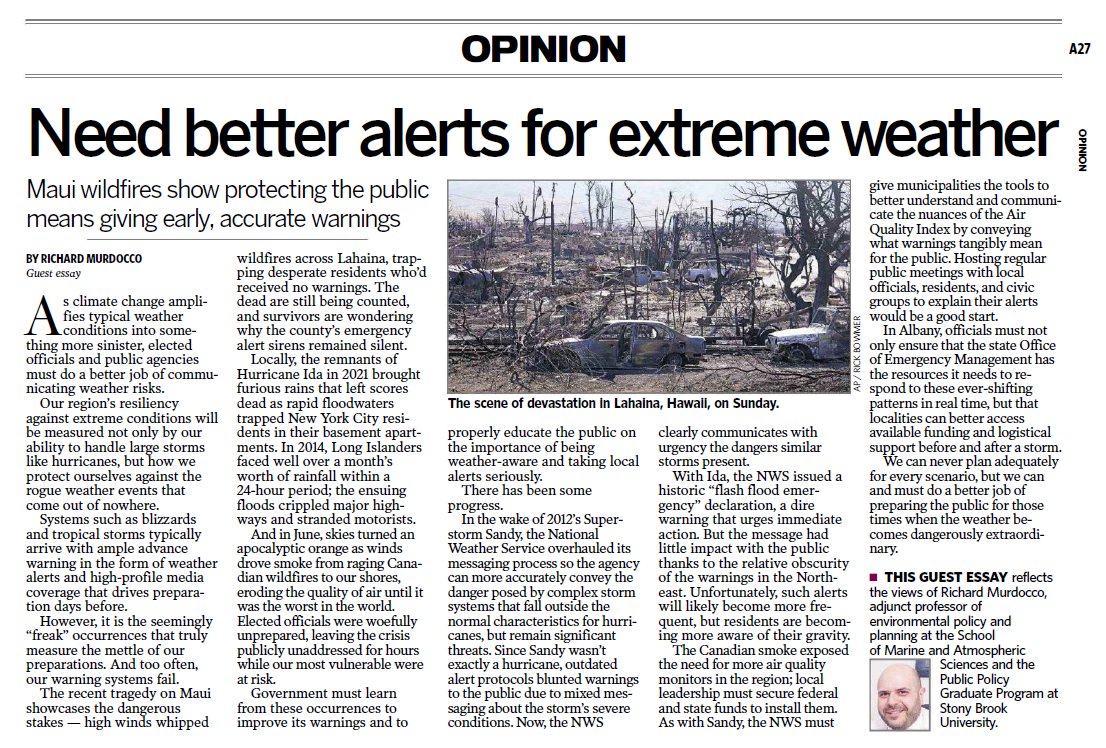When it comes to policymaking on Long Island, it’s time for some common sense.
We say that our taxes are too high, that our roads are too congested and yet we let invested groups shape the very policies that drive all of these factors, and are then surprised that nothing changes.
Why are we allowing nonprofit groups, with direct ties to developers, dictate which growth on Long Island is smart versus dumb? A developer driving the so-called “planning process” is akin to a fox watching the hen house, yet we allow housing groups to dominate the regional conversation on affordable housing? Common sense would dictate that these groups shouldn’t drive the conversation.
Some elected officials base their decision making on the immediate good, not the long term. The system rewards short, immediate decisions with short, immediate impacts, and they feed into it. These short-term decisions and impacts run counter to efforts of regional, cohesive thought. So why do we allow them to shape important decisions with regional significance? For example, why do village officials have a say over regional efforts of water protection? Why do we allow our policymakers to award contracts before the RFP is even issued? Why are political insiders allowed to get consideration for lucrative land deals from a nearly bankrupt county? All of these examples highlight a distinct lack of long-range thinking. Common sense would say that these officials shouldn’t be a part of the process (at least initially).
NIMBY contributes to the very factors that we all deride so often about Long Island. To complain about traffic and congested trains is one thing, but to then protest lane expansions and additional railroad capacity just doesn’t make sense. Unfortunately, Long Islanders cannot have their cake and eat it too. Common sense would say that if you have too much traffic, increase road capacity.
I write on topics that most visible players in the field don’t agree with. That’s OK, because I know that there is a silent majority that isn’t happy with the direction that Long Island is headed. To them, many of the decisions being made run counter to common sense principles. In fact, most Long Islanders have been unhappy with the region’s direction since 1978, when Newsday published “Long Island at the Crossroads.” After all of these years, our issues and challenges are nearly identical.
“Based on environmental data extant at the time, it was apparent that the most obvious limit to growth was available potable water. It was also apparent that some degradation of these waters had already occurred.” These words were written in 1987. Nothing has changed; common sense would dictate something should.
The most active and visible players disagree with my assessment of the “brain drain,” the dedicated push for “smart growth” and various other buzzwords used to push for more concentrated development, because it undermines their bottom line – financial or otherwise. Investment in our downtowns and diversifying housing is sound planning, but pushing these as the solution to all of Long Island’s woes is just silly. It’s common sense.
Luckily, all is not lost. Elections are still held, and data is still being collected to help drive policy decisions. In land-use, professional planners need to be given the opportunity to do their jobs of accommodating and anticipating future needs and trends without political or stakeholder pressure.
The system is far from dead, but it’s broken, beaten and scarred. The public can take back the process by arming themselves with non-biased education on the issues and participation in the process. The topics may be dry, boring and decidedly unsexy, but the impacts are real. Why is our policy being dictated by stakeholders and buzzwords? It’s because we allow it to be.
Working to improve the way the system works is just common sense.

